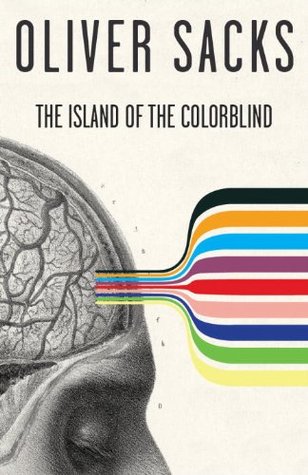More on this book
Kindle Notes & Highlights
cysticercosis
Gajdusek has kept immensely detailed journals for the last forty years, which combine the hard science of his investigations with vivid evocations of places and people, and form a unique record of the life-work of one of the most extraordinary physician-naturalists of our time.
angu-rugu
trophic cascade, the accelerating imbalance of a previously balanced ecosystem.
atavism,
in a rare condition, branchial myoclonus, arising from lesions in the brain stem. Here there occur rhythmic movements of the palate, middle-ear muscles, and certain muscles in the neck—an odd and unintelligible pattern, until one realizes that these are the only vestiges of the gill arches, the branchial musculature, in man.
Branchial myoclonus is, in effect, a gill movement in man, a revelation of the fact that we still carry our fishy ancestors, our evolutionary precursors, within us.
tortuous
botfly,
The term “cynomolgus” means, literally, “dog-milking.”
The Cynomolgi were an ancient human tribe in Libya.
a rare but terrible side effect of streptomycin—which was introduced for the treatment of tuberculosis, but caused a total and irremediable nerve deafness in some patients—has now been found to depend on the presence of a mitochondrial DNA defect that gives no hint of its existence unless streptomycin is given.
disapprobation
immanent.
A single Welwitschia may live two thousand years or more—hence its Afrikaans name, tweeblaarkanniedood, meaning “two-leaf-cannot-die.”
pall
“Prochronism”
derision
Goethe endlessly—we owe the very word “morphology” to him.
a hypothetical ancestral plant
Ur-pflanze.
“Goethe’s palm,”
Casuarinas (flowering plants),
arborizations
pinnated,
coconut crabs do climb tall palm trees, and cut off the coconuts with their massive claws.)
weevils
ferns are always the first to colonize new volcanic land, as they were the first to repopulate the earth after the mass extinction(s) at the end of the Cretaceous.
Darwin was the first to argue that dispersal of seeds by sea water might be an important means of their distribution, and made experiments to explore their ability to float and survive salt water.
transport by rafts of pumice, blown into the ocean by volcanic eruptions. These may float for years, providing transport not only for large seeds but for plants and animals as well.


